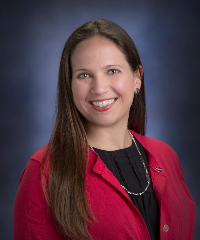
Published Date2 Years Ago
- 5075 Views
Did you know that clouds can both warm and cool our planet? Keeping an eye on clouds helps NASA study our climate. You can notice some of these changes by just looking at the clouds. Here are some examples you might have already noticed: Do all clouds cast shadows? Low thick clouds tend to cast the most shadows. The shadows show you how the cloud is blocking the light from the sun...
Posted in:
Curriculum:
Science and Math
STEM
GLOBE Science Topics:
Backyard Science
Climate
Climate Change
General Science
GLOBE Protocols
Earth as a System
Scientist Skills
Investigation Areas:
Atmosphere
Primary Audience:
Alumni
Country Coordinators
Partners
Scientists
Students
Teachers
Trainers





